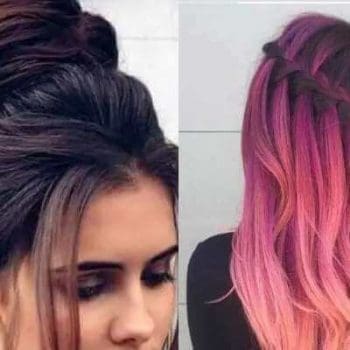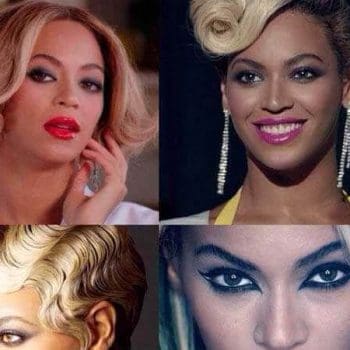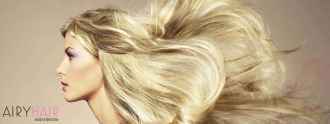You might have heard of “Remy’s hair” before, but do you know what it means? Yes, Remy’s hair is a type of hair extension, but what is it? Is it a style? A brand? Is Remy premium plus hair as good as they say it is?
Terms used by the hair industry can be confusing, especially when used in advertising, branding, and marketing. To define Remy’s hair, we must first understand what makes human hair.
Quick Access
– Elements of Human Hair
– What is Remy Hair?
– The Difference Between Remy and Human Hair?
– What is Remy Premium Plus Hair?
– What is 100% Human Hair?
– What is Cheap Human Hair?
– What is Heat Resistant Hair?
– Buying Remy Hair Extensions
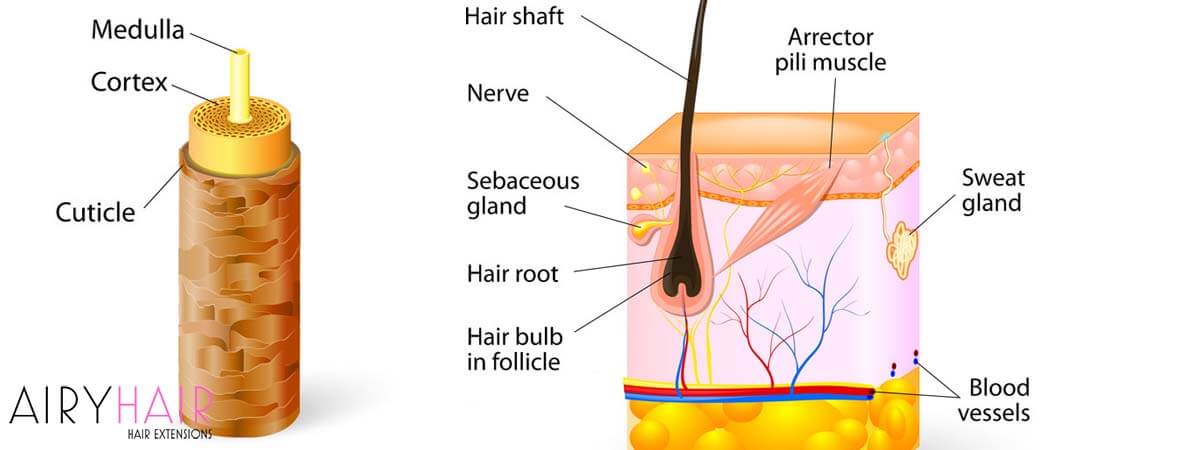
The human hair structure is fascinating. What is the human hair made of?
Hair Bulb
This is the factory of cells that produce your hair and the pigment (melanin) responsible for hair color! Human hair, on average, grows at a rate of 1 cm or 0.39 inches every 28 days. As cells continue to replicate at the bottom part of your bulb, space eventually becomes too tight to fit them all. In other words, they push themselves upwards, hardening in the process.
Medulla
Starting with the innermost layer, the Medulla is as fragile as it is invisible. The Medulla’s actual role still baffles scientists, but they know that it exists. This is the part of the hair you won’t be able to feel or see unless you use a high-powered microscope. Think of it as the bone marrow of every hair strand.
Fun Fact: Every medulla pattern differs from person to person.
Cortex
The middle layer of the hair’s shaft is called the Cortex. It is responsible for giving (but not producing) your hair color and is the thickest layer. It’s made of keratin and is protected by the cuticle.
Cuticle
The outermost layer of the human hair is called cuticle. It is the part of the hair that can determine whether the hair is Remy or non-Remy. Found in the hair’s cuticle are overlapping dead cells. Despite being “dead,” this does not affect the hair’s natural color. These dead cells make the hair stronger and protect each strand.
Fun Fact: Your hair, by definition, is Remy.
Now that we know what makes up each hair strand, it’s time to answer the age-old question… What makes up Remy’s hair?
As you may have noticed, your hair naturally falls in a downward position, which means the cuticles do as well. Try feeling your hair starting from the tip. With wet fingers, run them up through the strands. It feels a little rough. These are friction-creating scales of cuticles, and they are on every strand!
If hair extensions contain cuticles that run in one direction, then you have true Remy hair. There’s no other meaning for the term “Remy.” Remember, “Remy” is a marketing term misused often in the hair industry. Remy’s hair is a label that manufacturers use for hair extensions with cuticles adjusted correctly in one direction.
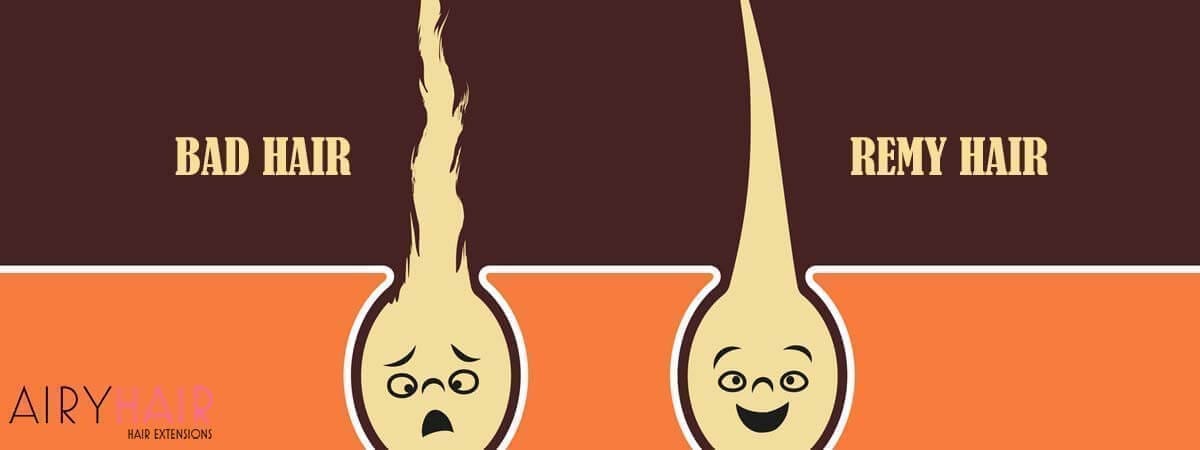
The drawback with human hair extensions is that they can easily matt or tangle. For someone who always wears weaves, this can be a nightmare. Hair extensions that are prone to tangles are usually “Non-Remy.” They knot and matte up quickly because the cuticles point in both directions.
Non-Remy Hair
Fresh hair from donors becomes non-Remy because of the lack of care during the hair collection process. If the collected hair comes from different sources, there’s a good chance that the company’s end product’s cuticle will have up-and-down directions. There is just no other way around that. To have great hair extensions, it’s essential that the human hair comes from a single donor and is cut correctly.
Should one make hair extensions from a single source, the hair must be tied or banded before cutting. Workers often shave their heads in the process to cut costs and time. However, the result is lower-quality hair. If the strands must stay in one position during the wefting and shackling process to produce real Remy hair.
Remy Hair Considerations
Don’t make the mistake of believing every hair advertisement calling their hair “Remy.” It’s unfortunate that you’ll often spot hair extensions with the word “Remy” on their label only to find out that what you got doesn’t live up to the name.
If you walk into a beauty store/salon and see Remy’s hair on the shelf, always ask questions first before you buy.
Not all Remy hair sold in beauty supply shops is pure Remy, as we’ve described. There’s a good chance you’re planning to purchase something that may not work for your hair. It may have been manufactured incorrectly or isn’t real human hair. Always ensure the cuticles remain intact and flow in one direction.
Remy Hair Facts
- Our Remy hair is made from healthy and strong hair
- Hair has cuticles that flow in one direction
Remy Hair Myths
- These hair strands are unprocessed
- It’s always the best hair extension of choice
- Remy hair costs thousands of dollars
- True Remy hair only comes from India
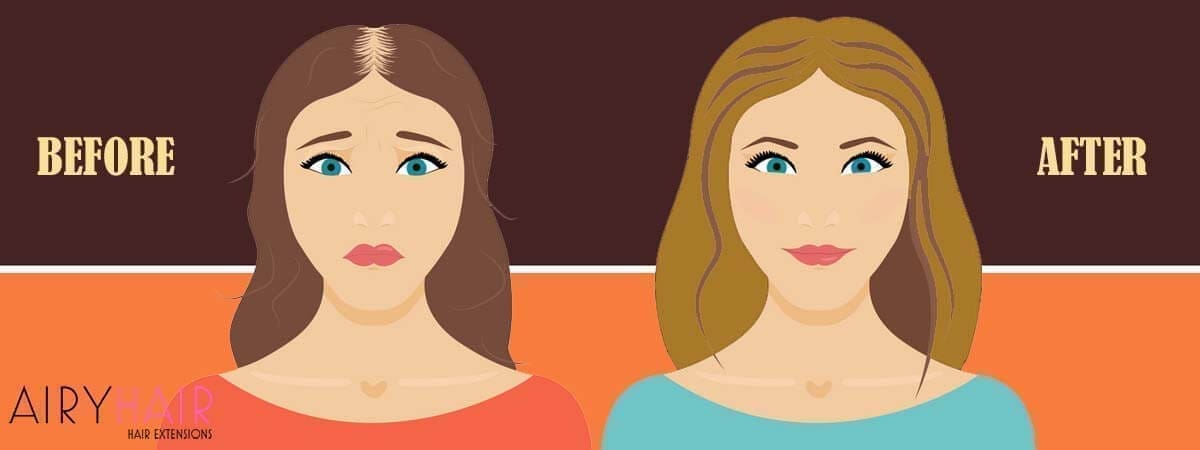
To even out hair color and texture, manufacturers will process most (if not all) of today’s hair extensions. Did you know most strands come from Asian, Indian, or Brazilian donors? However, women from these locations are born with beautiful black hair.
Hair manufacturers incorporate a unique blend of hair dyes (and sometimes conditioners) to suit customer needs to reach colors other than #1B. You must have read warnings about the risk of dyeing your hair extensions, even from luxury hair brands. This is because your hair was already processed once, and doing it again could make strands dry and fragile.
Our Remy Premium Plus line uses a much more expensive (and patented) blend of hair care products to achieve beautiful colors with minimal processing. The result? Long-lasting hair extensions are less likely to tangle, even after you dye or chemically process them again.

– Remy with cuticles striped. This is hair that is 100% human, and it has not been mixed with synthetic or heat-resistant fibers. Although it is 100% human hair like Remy is, unlike the Remy hair, 100% human hair has been chemically stripped of its cuticle. They do that so that it can be machine-processed.
What’s the problem? You’ll get brittleness, tangling, matting, and dryness when you strip cuticles. The cuticles are an integral part of the hair, and stripping it away may cause many issues. To fix this, suppliers replace cuticles with silicone that washes away quickly. You’re left with hair that has no cuticles. Such extensions will constantly tangle and will look awful.
If it’s a higher quality 100% human hair, it can last for some time even though it was chemically treated or colored. However, it won’t last as long as Remy’s hair. If it’s low quality, be careful! Tricky producers dilute human hair with synthetics to lower the price. Pay attention to what you’re getting when you purchase this hair.
– The important part is the lack of 100% label. This is not 100% human hair! Suppliers just mix hair with premium quality, heat resistance, or other synthetic fibers. You will have some human hair, but it’s not going to be the majority.
This hair is a lot cheaper than 100% human hair. Be careful with this type. Using hot irons, you can curl and straighten extensions, but never dye or color. Such products are usually low quality, and the only good thing about them is the price. Human hair extensions are extremely cheap, but they will not last you even a month. That’s way shorter than 100% human or Remy hair will.
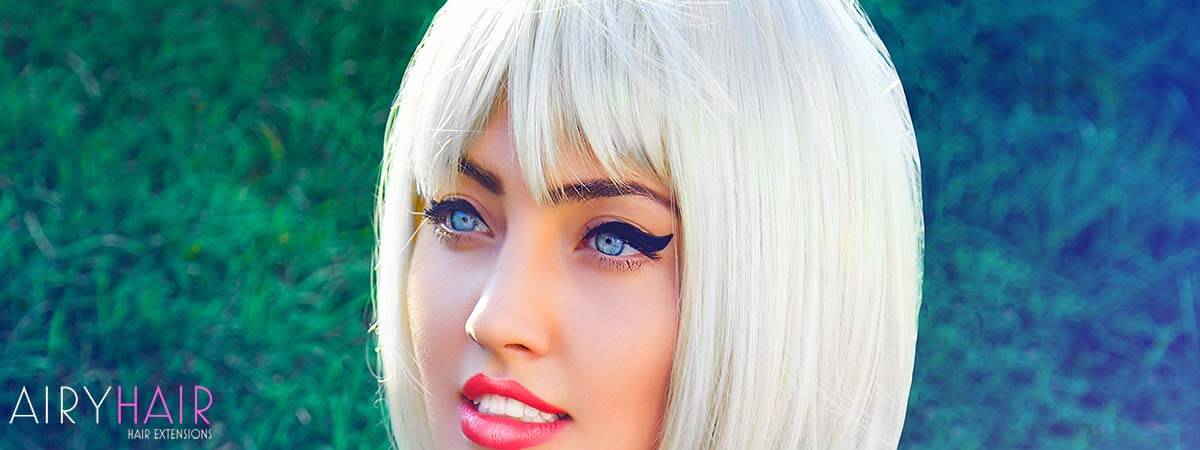
– That’s synthetic hair. This leaves us with another type. Which is heat resistant hair made from high-quality synthetic fiber. Is it heat resistant? Yes. You can still use flat irons or curling irons on such extensions but up to a certain degree.
This is not human hair in any shape or form. It will resemble human hair as much as possible, but it is not. This hair will not last, and it’s not a smart buying choice unless it’s a one-time thing for carnivals. It is simply synthetic hair and will never look like real human hair.
You can try styling heat-resistant synthetic hair with a curling or flat iron, but the results are not so good. This is the worst option if you need quality extensions that can be used for months and look natural.
It’s a shame if you have to buy non-Remy hair to save money. In truth, you can get real Remy premium plus hair extensions at airyhair.com.
At first, non-Remy hair extensions may look silky and soft, but they become dry and tangled after a wash or two. And no matter your styling, they can’t stop holding the style after a while. Non-Remy hair looks great initially because of the silicone coating factories put in the extensions. However, this silicone will eventually wash off, leaving you with matted, low-quality extensions.
Why do manufacturers use silicone? To cover the harsh chemicals that they use to melt the misaligned cuticles. It’s just much more accessible than getting rid of cuticles and aligning them correctly. Non-Remy hair usually lasts about a month, and you will end up spending more than what you planned for.
It’s also important to note that Remy’s hair does not translate to virgin hair. Even hairstylists sometimes use both terms interchangeably, but they’re different.
Remy hair is intact with mono-directional cuticles. The width of the hair is the same from root to tip, and it doesn’t tangle easily. virgin hair means the hair has not undergone any chemical process, such as dyes, acid baths, or bleach.


